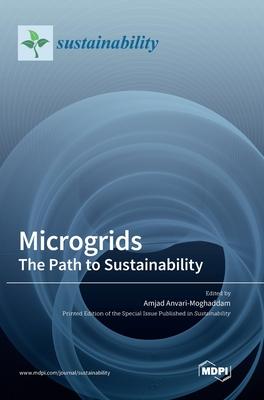Microgrids are a growing segment of the energy industry, representing a paradigm shift from centralized structures toward more localized, autonomous, dynamic, and bi-directional energy networks, especially in cities and communities. The ability to isolate from the larger grid makes microgrids resilient, while their capability of forming scalable energy clusters permits the delivery of services that make the grid more sustainable and competitive. Through an optimal design and management process, microgrids could also provide efficient, low-cost, clean energy and help to improve the operation and stability of regional energy systems. This book covers these promising and dynamic areas of research and development and gathers contributions on different aspects of microgrids in an aim to impart higher degrees of sustainability and resilience to energy systems.

Microgrids: The Path to Sustainability
Microgrids are a growing segment of the energy industry, representing a paradigm shift from centralized structures toward more localized, autonomous, dynamic, and bi-directional energy networks, especially in cities and communities. The ability to isolate from the larger grid makes microgrids resilient, while their capability of forming scalable energy clusters permits the delivery of services that make the grid more sustainable and competitive. Through an optimal design and management process, microgrids could also provide efficient, low-cost, clean energy and help to improve the operation and stability of regional energy systems. This book covers these promising and dynamic areas of research and development and gathers contributions on different aspects of microgrids in an aim to impart higher degrees of sustainability and resilience to energy systems.